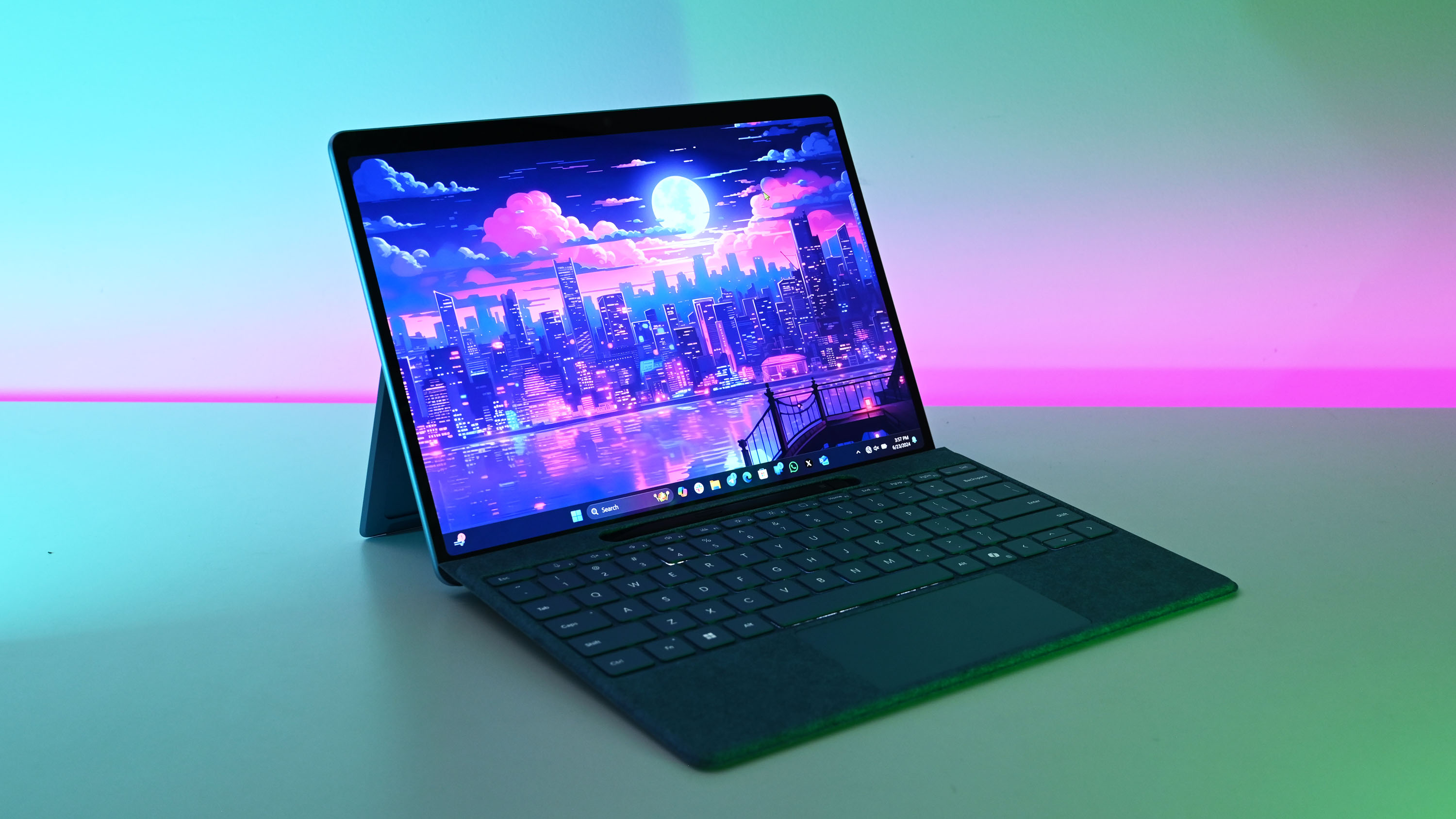5 key features every laptop should have in 2020
After reviewing dozens of laptops, here are five things that all PC makers should be doing to make their laptops better.
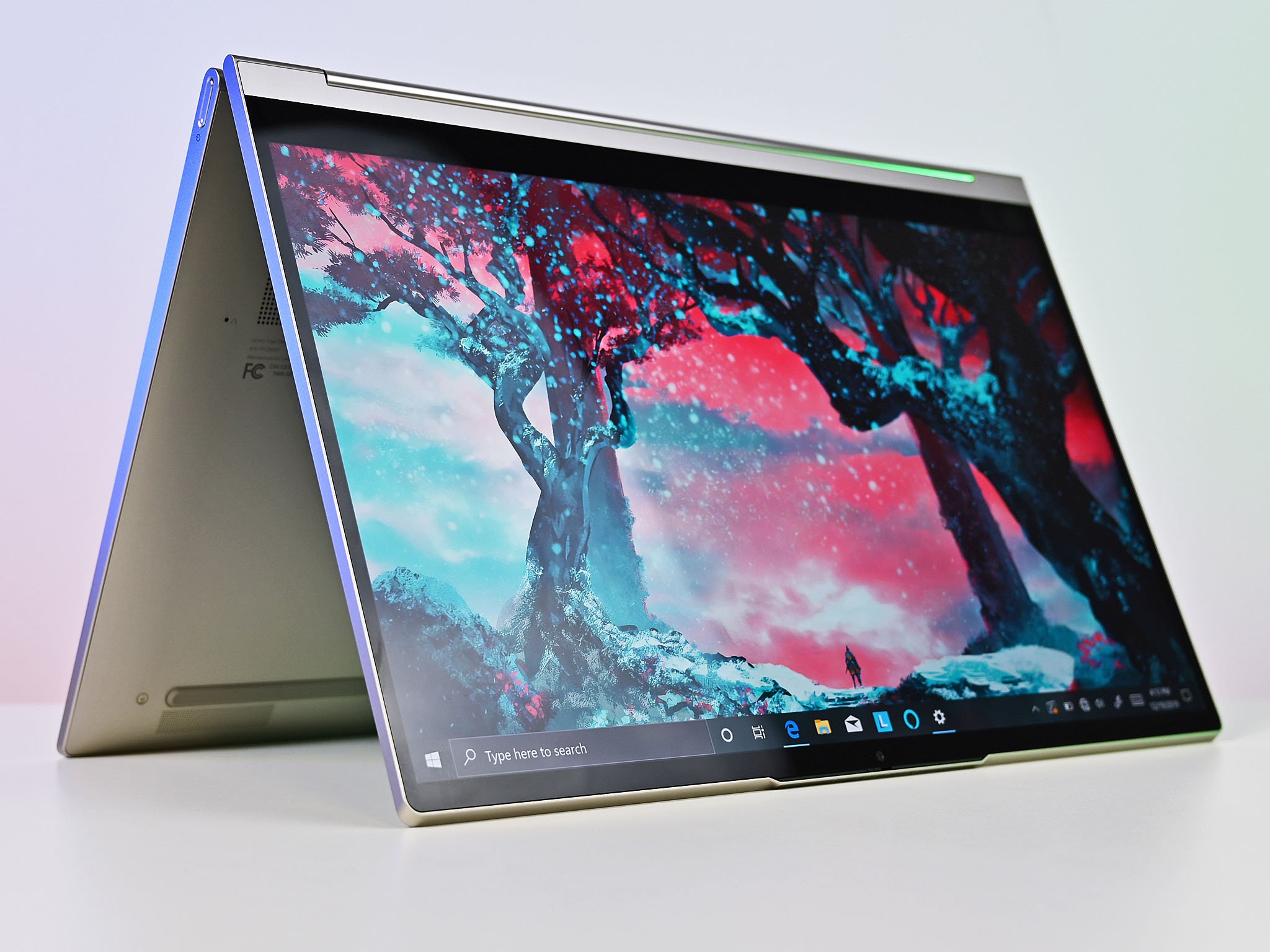
Spring is upon us, which means I'm cleaning and packing up laptop review units to send back. In the process, I've been reminiscing about what trends and features I like, and what I think some PC makers are missing.
While there is no perfect laptop, Dell's recent XPS 13 (9300) comes the closest, thanks to a combination of some features other PC makers could stand to implement. Here are five things that all laptop makers should be doing, and a few they should be considering in 2020.
Display aspect: 16:10
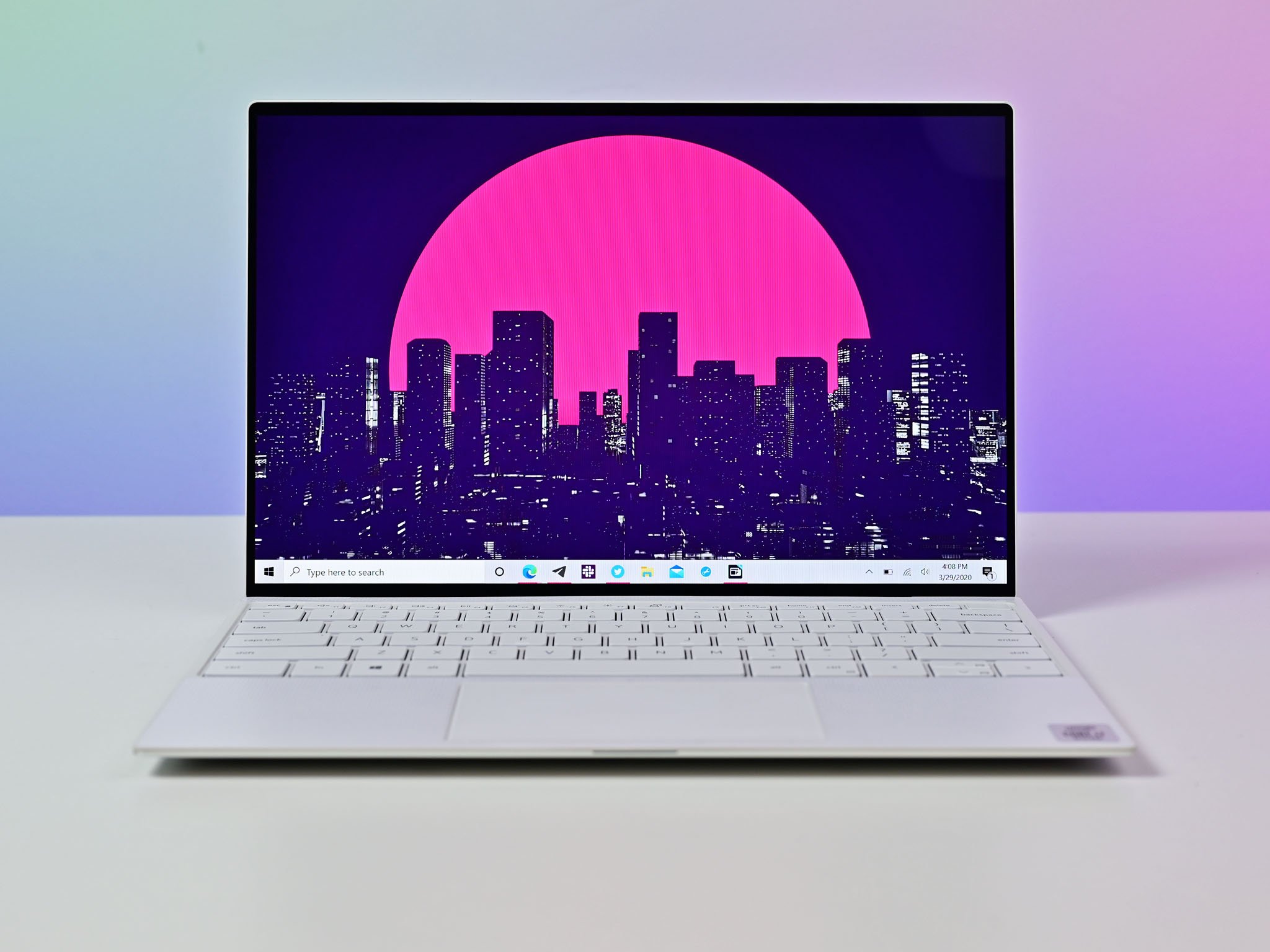
Years ago, Microsoft brought the 3:2 aspect ratio back from the dead in its Surface line. It started with Surface Pro 3 and it has since expanded it to all its PCs, including the massive Surface Studio.
A 16:10 aspect falls between traditional 16:9 and 3:2 but leans more towards the latter. With the taller aspect, viewing web pages is more satisfying because you see more information. The same applies to using Word.
I've been banging the drum on this topic for a while, including in this article from 2018. That piece goes more in-depth on the reasons why a taller aspect is preferred.
The only exception for this advice should be gaming laptops, where 16:9 is still favored due to the default resolution of those games. Gaming on 16:10 or 3:2 is possible, but it gets problematic on older titles.
But I don't care if it's 3:2 or 16:10, either one is a win for getting a larger display without a bigger laptop.
Get the Windows Central Newsletter
All the latest news, reviews, and guides for Windows and Xbox diehards.
Silver keys? Pick a better backlight.
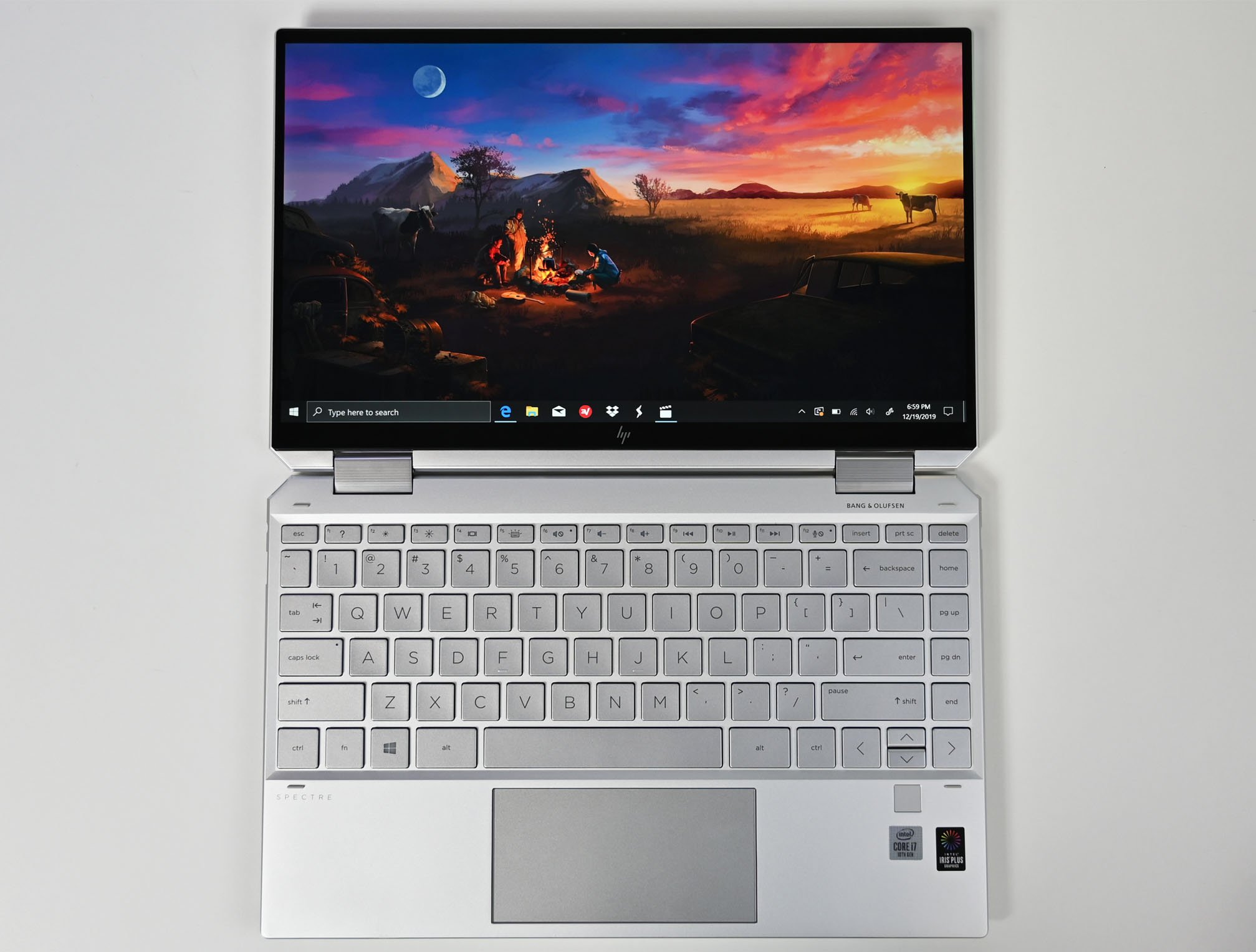
There are still quite a few silver (or white) laptops on the market. While some lament the color scheme as being "too Apple," the color has many benefits. For one, it hides fingerprints, hand grease, and general dust better than a black laptop (Lenovo ThinkPads are the worst offender here).
The use of silver or white keys looks excellent right up until nighttime when the lights go down. Using a white LED to act as a backlight on silver keys? Big fail.
But the solution is more divisive: use a different color LED. Red, green, blue pick your color, they all look better than white. The issue is, we all can't agree on what tint would look OK. Razer solves this with its Chroma RGB zone lighting, but this solution drives up the cost of a laptop.
PC makers can resolve this by merely using extremely high quality and bright white LED lights. Many do not.
Amp those speakers
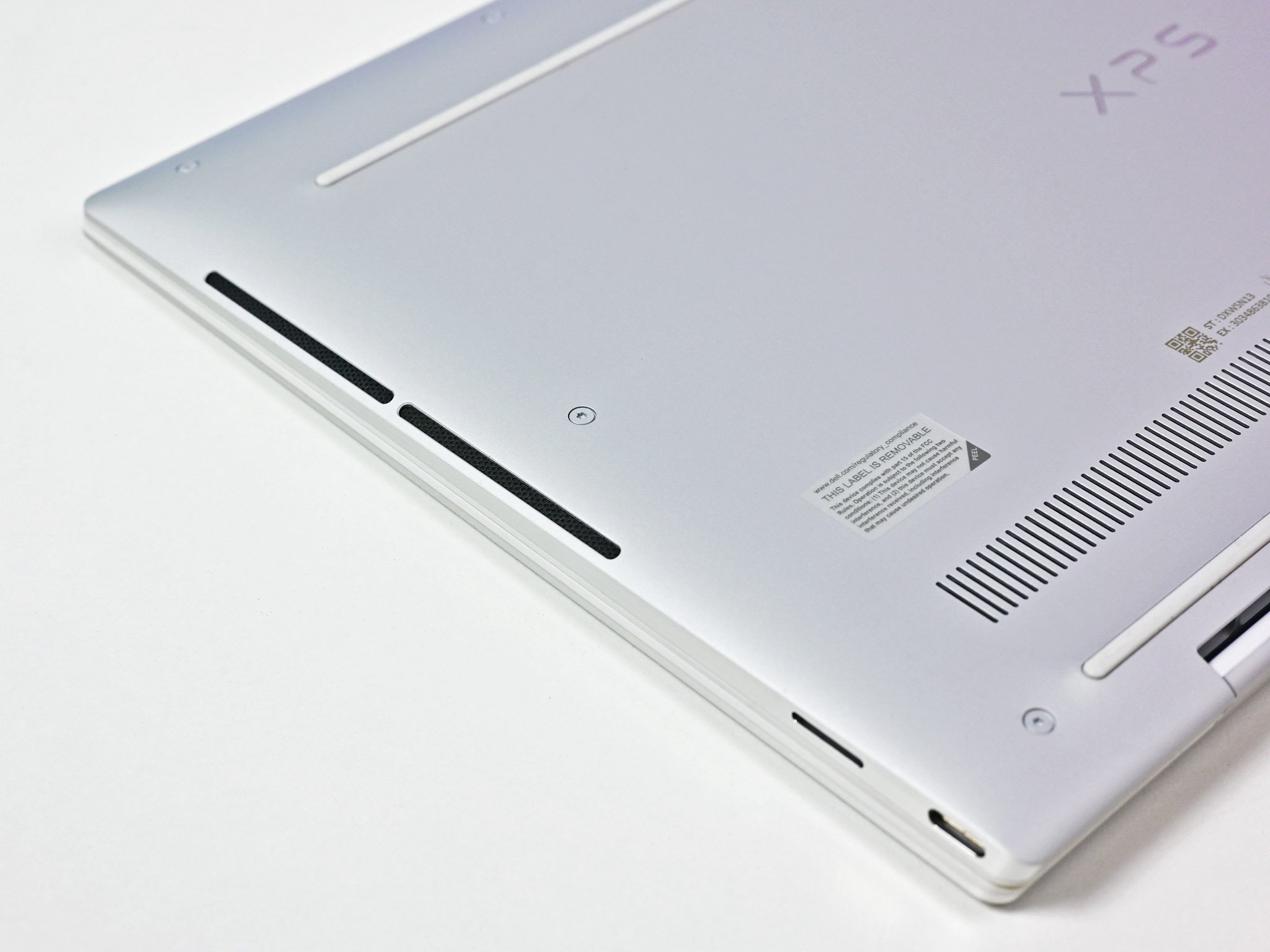
Going after Windows laptops for having mediocre sound is low-hanging fruit. Apple still does some of the best audio around, but that's been changing since 2019. HP has invested a lot into its Bang & Olufsen partnership by adding separately amplified quad-speakers (the company has fallen back to dual speakers in 2020, but they are still amped).
Amps drive more power to the speaker and let them achieve more without side effects. They do add some hidden costs to laptops, and HP is quick to note they use more power too (HP has different battery estimates based on headphone or speaker use).
The tradeoffs are worth it. Companies like Samsung, HP, and even Dell have become particularly good at audio. Lenovo also added quad speakers to its ThinkPad X1 Carbon, which is a significant improvement. And let's not forget Lenovo's creative Yoga C930/C940 "soundbar."
While speakers are getting better on Windows laptops, they still have some room to gain on Apple. Let's see that get corrected.
HDR, anti-reflective, fast refresh displays
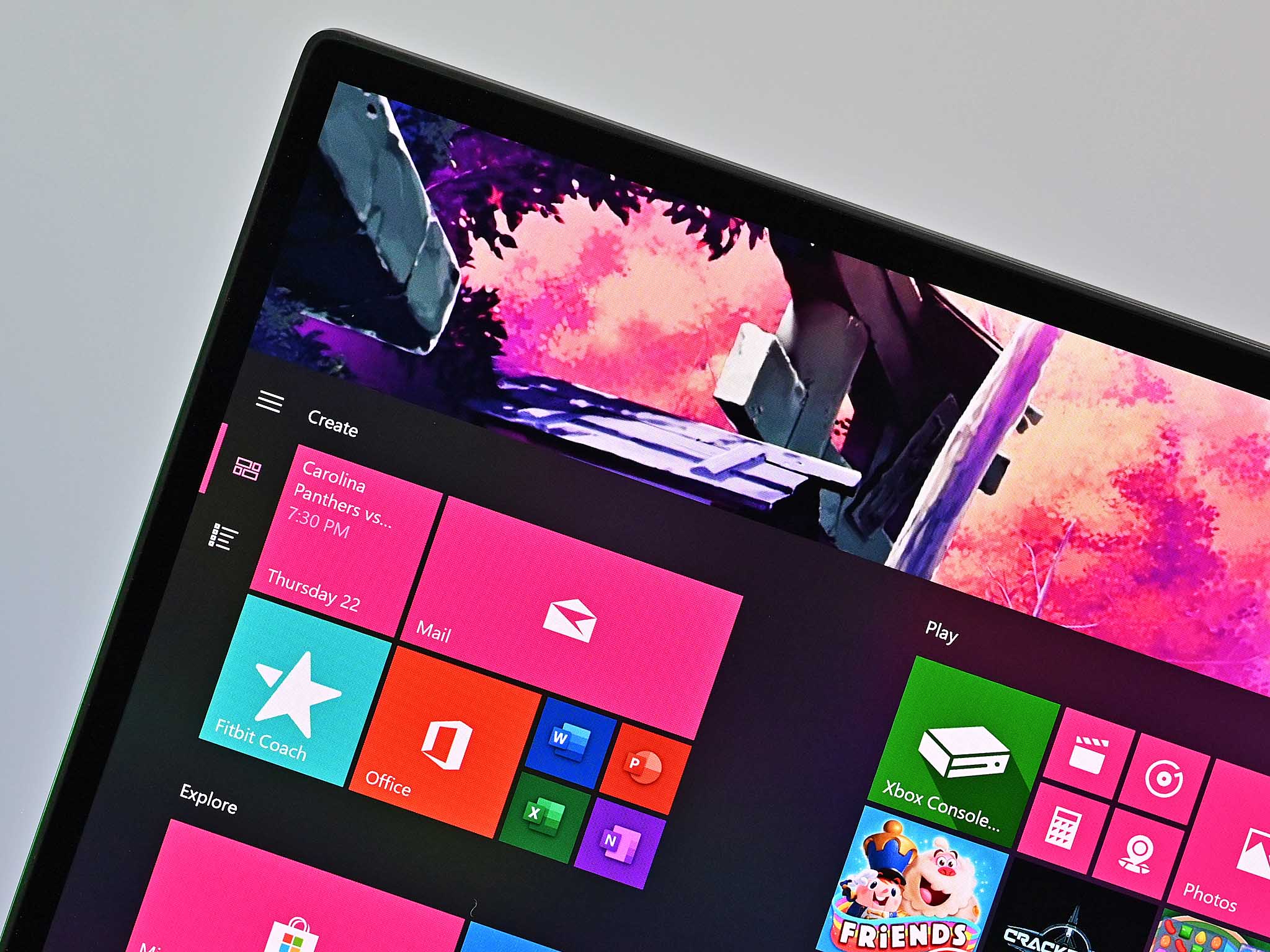
I felt so strongly about displays having an anti-reflective (not matte) coating that I recently wrote an entire article on the topic. Microsoft and Samsung are the worst offenders here. However, Lenovo still has some too-glossy ThinkPads and Yogas that could use some fixing too.
The use of high-dynamic-range (HDR) display technology gets tricky. Technically, an actual HDR display would hit 1,000 nits of peak brightness, but instead, we see a few laptops that "only" hit 500+ nits for an HDR400 certification. Dolby Vision is also a proprietary version that promises deep blacks and brighter peaks.
I do not care what it is called or how bright it gets. If a display can peak over 500 nits (average is 300-400 nits) and it can give a greater dynamic range, I am all for it. Movies and images look better, and that is all that matters.
And while almost all laptop displays are 60Hz, there is now a push towards higher refresh rates, including Razer's latest Blade Stealth, which does 120Hz. High refresh rates make using Windows a much better experience with smoother animations and a higher frames per second gaming.
The downside of higher refresh rates is a hit on battery life and cost. But it sure would be cool to see 90 or 120Hz become standard if companies can solve that problem using a variable-refresh.
Ginormous trackpads: Do it
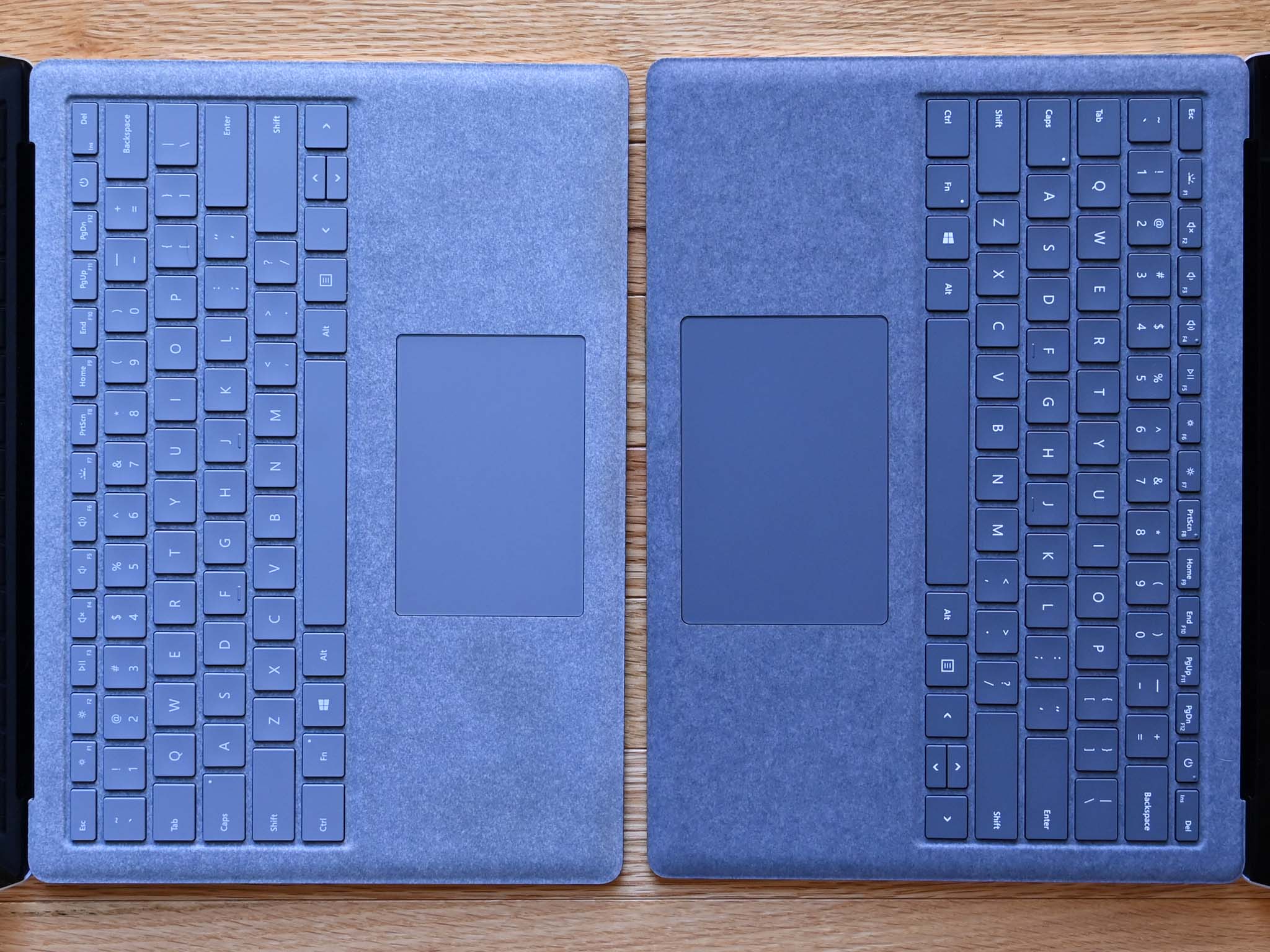
Apple released its MacBook Pro in 2016 with a comically gigantic touchpad. But when combined with excellent palm rejection and its smart Force Touch technology, it became the envy of the industry.
Windows PC makers have been slowly enlarging their offerings, including Microsoft, which not long ago bumped its trackpad size in Surface Laptop 3 and Surface Pro X. Dell is doing it too with the XPS 13 and rumored XPS 15.
Part of the solution to this challenge is the larger display aspect ratio mentioned earlier. By making a display taller, PC makers must make the keyboard deck longer. Consequently, they can put in a taller trackpad.
It's a win-win, folks.
All PC makers need to know is this: there is no such thing as a trackpad that is too big. Use all that space up and put in a high-quality one with Microsoft Precision drivers. Better yet, someone should invent a non-physical clicking trackpad like Apple.
Other considerations…

For this list, I left off 4G LTE and 5G. I think all premium laptops should at least offer the option for a configuration with an LTE modem, but I also understand the consumer market in the US is more finicky on this tech. But HP gets credit here for going that extra mile and putting it in its Spectre line.
Better web cameras were something not demanded by many in 2019. In 2020, it is suddenly a highly valued feature due to the surge of people now working from home. Microsoft never lost sight of this feature, though. Surface PCs have the best native web cameras available. Indeed, the Surface Pro X is the king, with some of the brightest and sharpest images yet.
Meanwhile, companies like HP and Dell have been so focused on "micro" cams to fit thin bezels they sacrificed quality. Huawei didn't even care and put it in the keyboard, and ASUS flat out omits webcams in some of its gaming laptops. That needs to change.
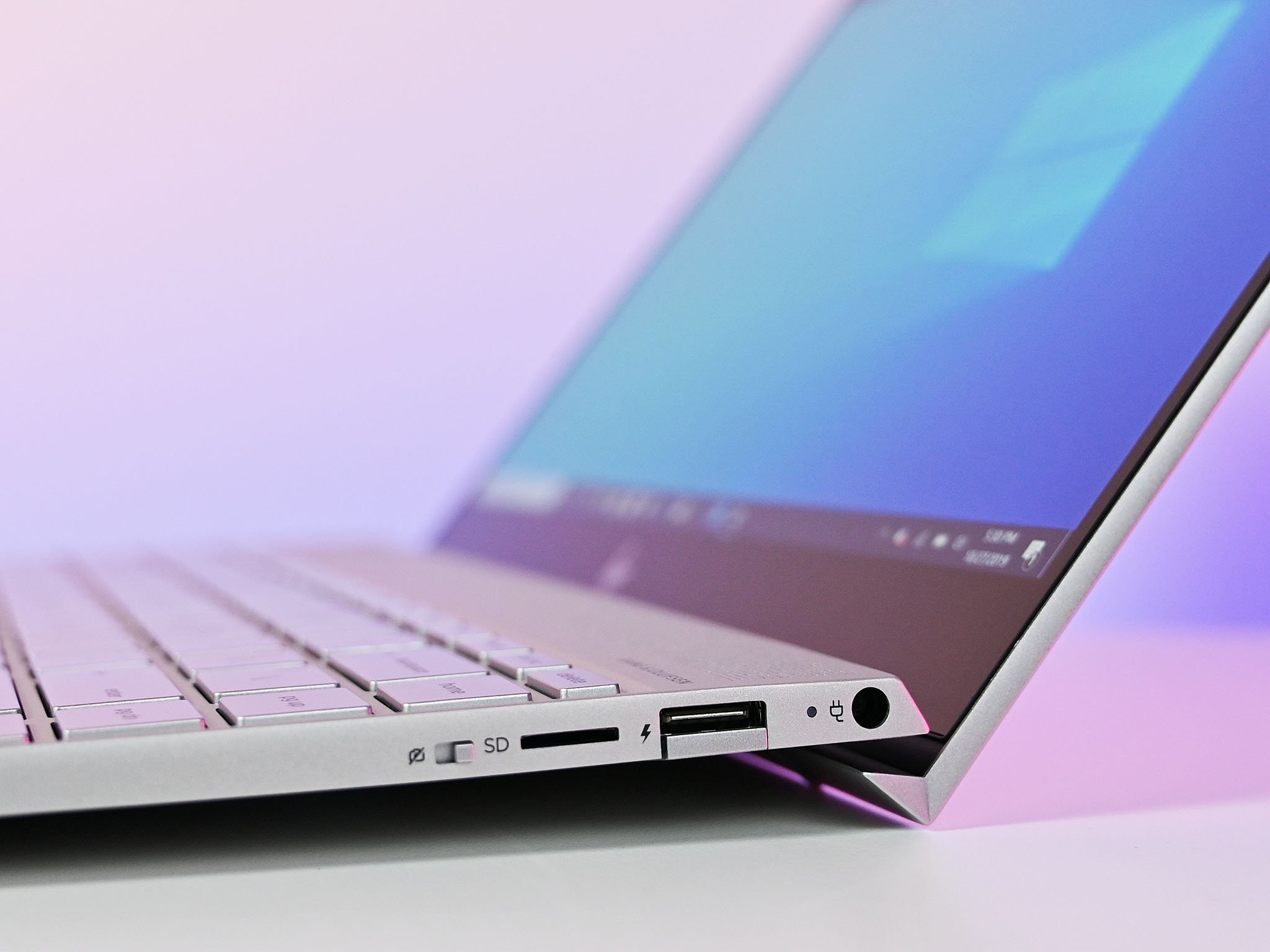
Another neat trick I'd like to see more of is lifting hinges. ASUS has its ErgoLift, and HP uses it on the ENVY 13. This design raises the back of the Laptop higher than the front. The result is more air under the Laptop to keep it cooler. It also allows angled typing, which is more ergonomic than using a flat keyboard. A lifting hinge is a smarter choice than the current lay-flat designs.
Is anyone still using MicroSD cards in 2020? I'll leave that open-ended, but I'm using Microsoft's Your Phone to wirelessly transfer photos to my PC, or I shoot using an SD card or newer XQD.
Thunderbolt 3 is excellent, but it is also overhyped. Most people who bring up external GPUs (eGPU) never actually buy one. Sure, Thunderbolt 3 has its place, but forthcoming USB4 is much more interesting even if still confusing (it can vary on data speeds).
Finally, let's hear it for more AMD options. AMD's Ryzen 4000 U-series could upend Intel while bringing lower cost and better performance to Ultrabooks. If the hype is real, PC makers should begin offering more of its premium light laptops with the new processors.
Anything else I missed? Let me know in comments what you want to see in premium laptops. And be sure to check out our best Windows laptop picks for a bunch of great options.

Daniel Rubino is the Editor-in-chief of Windows Central. He is also the head reviewer, podcast co-host, and analyst. He has been covering Microsoft since 2007 when this site was called WMExperts (and later Windows Phone Central). His interests include Windows, laptops, next-gen computing, and wearable tech. He has reviewed laptops for over 10 years and is particularly fond of 2-in-1 convertibles, Arm64 processors, new form factors, and thin-and-light PCs. Before all this tech stuff, he worked on a Ph.D. in linguistics, performed polysomnographs in NYC, and was a motion-picture operator for 17 years.
